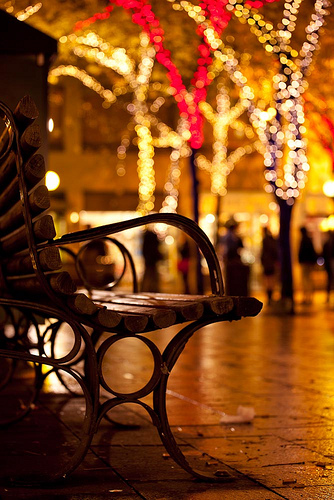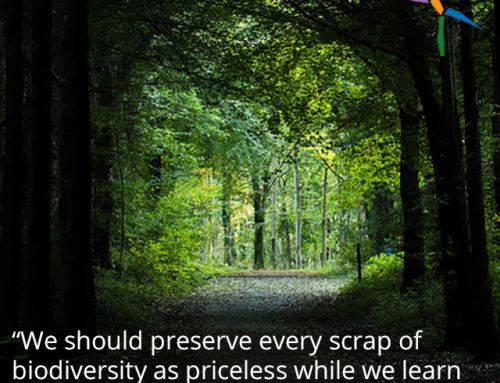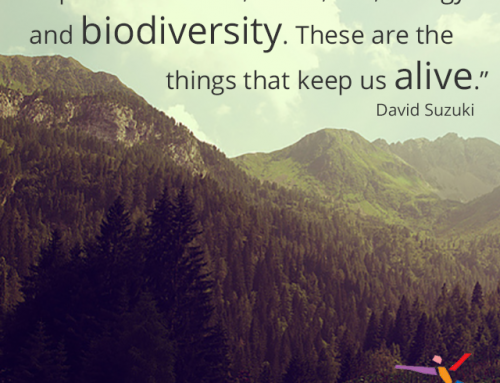With the holidays right around the corner, there are plenty of tips out there about how to be more eco-friendly during the holiday season. One place that you can make an impact on your holiday carbon footprint is energy use. That doesn’t mean that you need to abandon festive holiday lights. But it does mean that you may want to consider using these tips for reducing your energy footprint this holiday.
Use Energy Efficient Lights
The most obvious tip is to invest in energy efficient Christmas lights. Well, at least to advocates of energy savings it’s obvious! But from a financial standpoint, abandoning that box of holiday lights that you’ve had forever and investing in an all new assortment of ENERGY STAR rated Christmas lights is a financial investment that we all may not be able to afford to make. As with most environmentally (more) friendly products though, you’ll need to keep the long term in mind. Particularly during the winter when energy bills can be higher, the savings to your electric bill over the long-term will more than make up for the new purchase. Yes, we’re advocating for a purchase here, but it’s a purchase that can make a meaningful difference over time.
Use a Powerstrip
Any time that you’re trying to reduce energy use and energy cost, a powerstrip is an important way to go. Not only does it mean that you’re drawing less energy overall, but it also makes it easy to instantly turn off all of your lights at once so that you don’t get caught accidentally wasting energy because you forgot to turn off one strand of lights.
Set a Light Count (Bigger Isn’t Always Better)
If your habit has historically been to pile on the lights, one trick you may want to consider is to sit down before you begin your decorating and set a limit for the number of lights that you’re going to use. Then, count as you go a long and be sure to not go over your pre-set limit. One of the most tempting things when decorating for a holiday is to continually say, “Oh, one more light there would balance this out or make this look fantastic.” Like with all things, setting a limit and sticking to it can make a big difference.
Adhere to Timing Rules
During the holidays, many people love to sleep with their tree on or leave their outdoor lights on all through the night. We understand that. The holiday only comes once a year and you want to embrace the festivity. Again, though, setting limits is a good idea here. (It’s also a good idea to remember that leaving holiday lights on all night long while you’re asleep can be a safety hazard). Set a time every night when you’ll turn your outdoor lights off (using a timer device can help here) and turn all of your indoor lights off before you go to bed at night. Yes, on special nights it’s fun to sleep with the holiday lights on. Just set limits for how many times this season you’ll allow yourself to do that.
Be Careful of Holiday Kitchen Energy Traps
For many people, the holiday season means even more time spent in the kitchen. Just be aware of some of the energy wasting traps of holiday kitchen time. Don’t leave your oven door open unless you’re actively taking things in or out of the oven. Avoid letting burners run “just to keep things warm” indefinitely. Shut the refrigerator door mindfully every time that you open it. Don’t let faucets run all of the time. In general, be aware of what you’re doing (and why) with your energy-using kitchen appliances.
It’s very hard to not use more energy than normal during the holiday season, but that doesn’t mean that you can’t be more responsible about the energy amount that you do use. After all, every dollar that you save on holiday energy costs can be applied to another egg nog latte!
Have another tip on how to be energy efficient during the holiday? Share it below or like us on Facebook and tell us.
Need more assistance in learning to let go of the consumer media’s impact on your life, take control of your finances and find the satisfaction of enough for today? The Get Satisfied Interactive Handbook is a 30-minute web course that walks you through a series of specific questions and then presents a personalized how-to plan for becoming a postconsumer. Launch your evaluation for free right now.
Photo via Flickr Creative Commons: Tracie Howe





